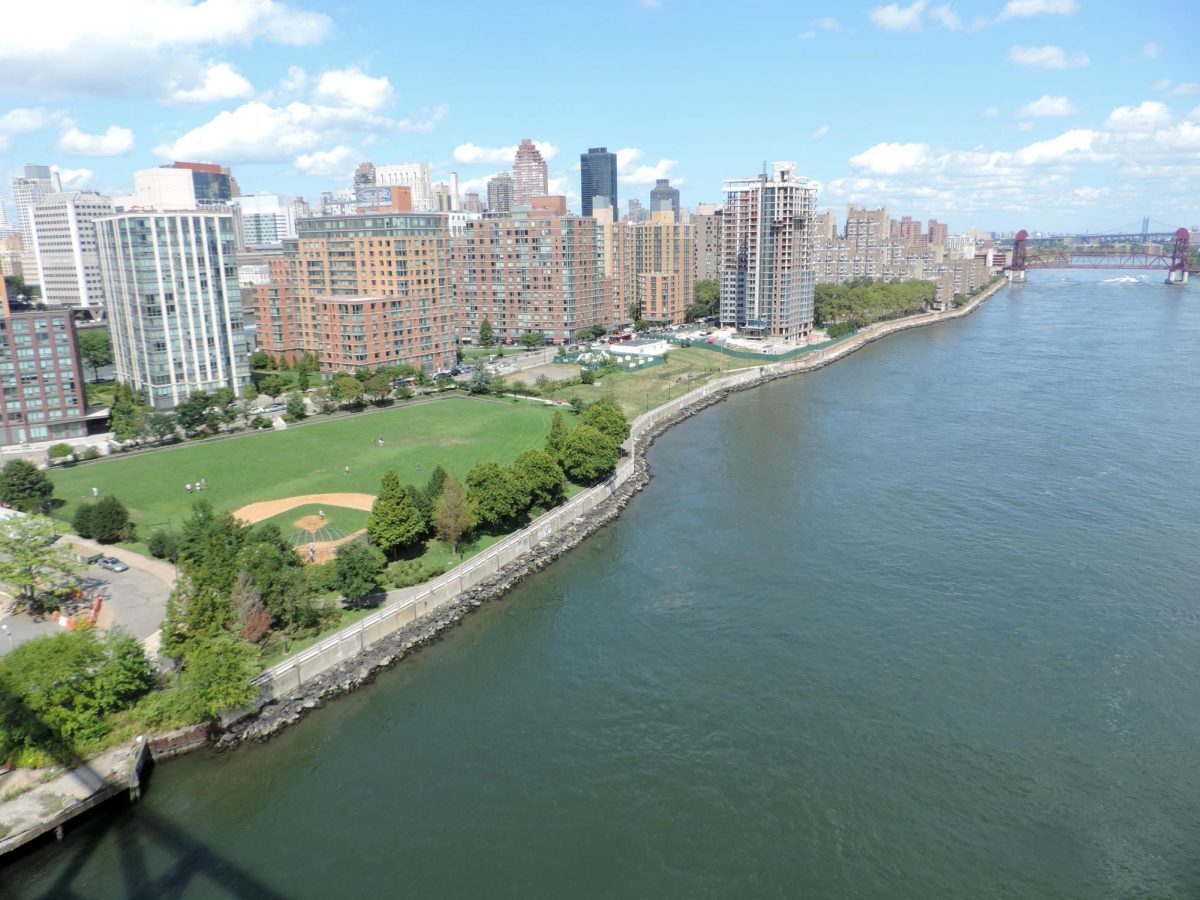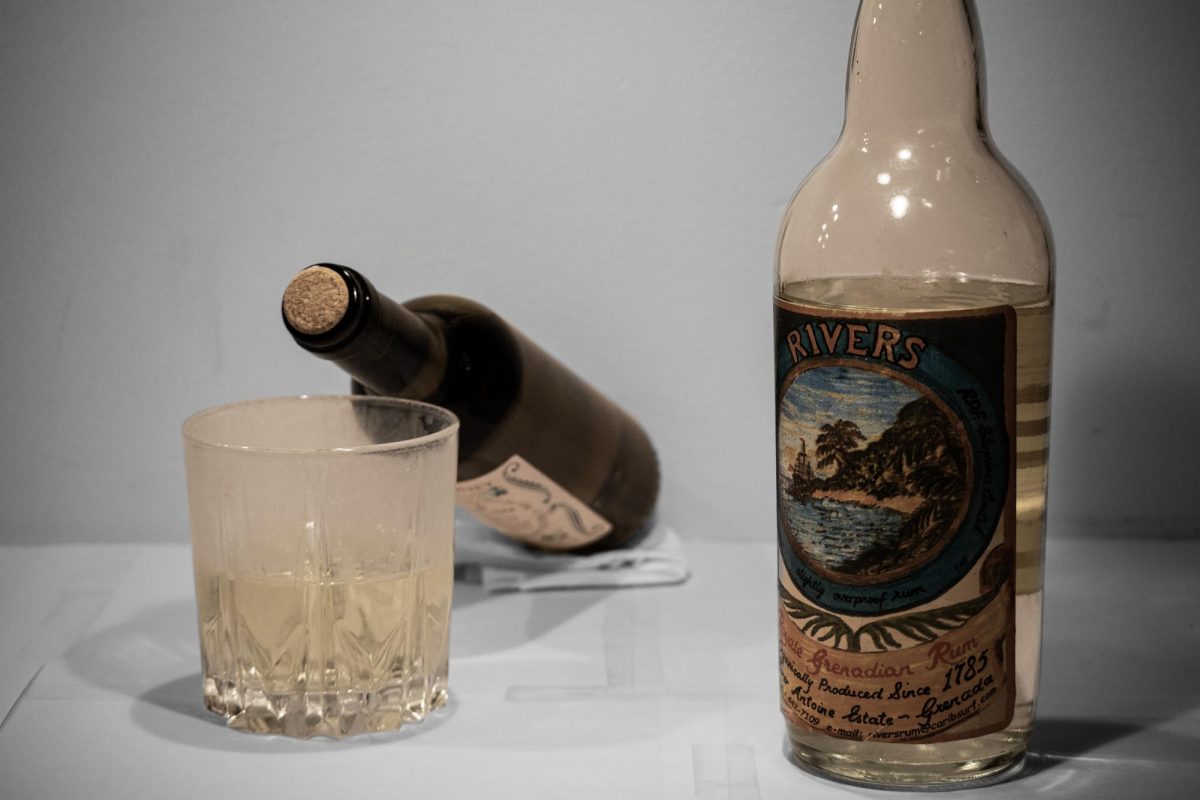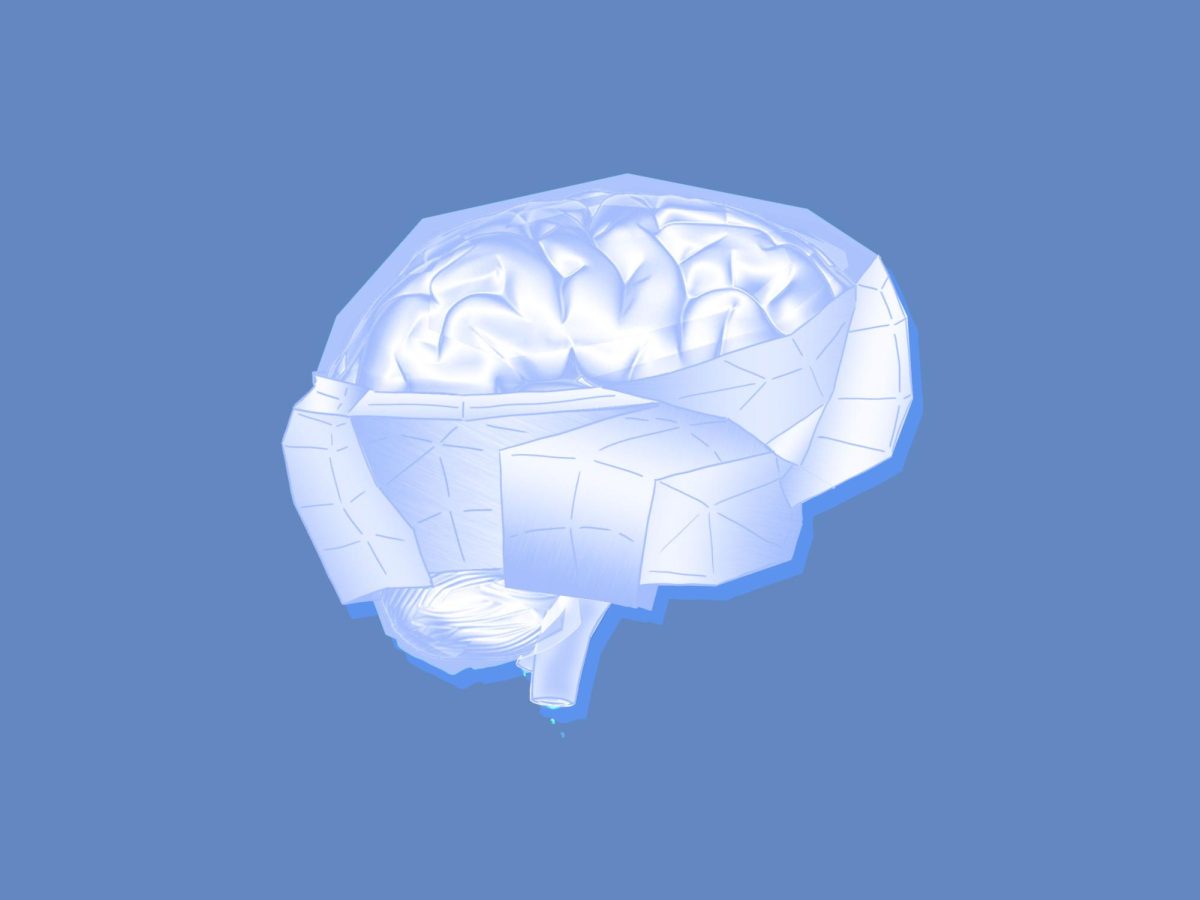This April, the Manhattan Healing Forest, a project co-led by the SUGi Project and iDig2Learn will take root in the southern area of Roosevelt Island. The 2,700 square-foot forest will house 1,000 trees and 40 native species, becoming the first pocket forest in New York City.
With Roosevelt Island at constant risk of floods and storms, the mini forest will serve as a barrier to protect the island from flooding and erosion. The soil will help capture the water and the roots will assist in stabilizing the land.
Despite its size being slightly smaller than a tennis court, Roosevelt Island will benefit from the forest’s cooling effect in warm weather and its ability to welcome the return birds that residents had thought disappeared.
In an interview with the New York Times, founder of the nonprofit group iDig2Learn Christina Delfico stated “We’re an island. We think about flooding, we think about storm surge and the best treatment is to plant a tree.”
According to the SUGi Project’s 2023 Impact Report, the nonprofit organization funded and planted 184 forests in 40 cities in 2023 alone, with the Manhattan Healing Forest being their 200th planted forest.
This forest will be planted using the Miyawaki method, created by Japanese botanist and plant ecologist Akira Miyawaki. The Miyawaki method replicates how a forest would naturally grow if humans stepped away from its care, intending to build a site that is more responsive to climate change and to restore biodiversity.
The site will first be prepared with mulch before both native plants and shrubs are closely planted together. Through this method, forests become self-sufficient in three years and can reach full maturity within a few decades.
Miyawaki-planted forests can be found across the world in cities in Europe, Asia and South America, as well as nationally in cities such as Los Angeles, California and Cambridge.
The Manhattan Healing Forest will be made up of a variety of trees, native plants and shrubs including White Oak, Virginia Strawberry, Butternut, New York Fern and Eastern White Pine. This micro-forest will also provide a habitat for migratory birds, butterflies and a range of urban wildlife.
Ethan Bryson, a forest maker for the SUGi Project, stated that the forest “emerges as a symbol of hope and adaptation,” creating a “haven for humans and wildlife alike.”
In collaboration with the Roosevelt Island Operating Corporation, there will be an opening ceremony hosted on April 6 at 10:30 a.m.
Following the ceremony, community volunteers are scheduled to start planting from 11 a.m. to 2 p.m.
The SUGi Project shared in an Instagram comment that although volunteer slots are fully booked, to “stay tuned. We hope to release more slots.”








